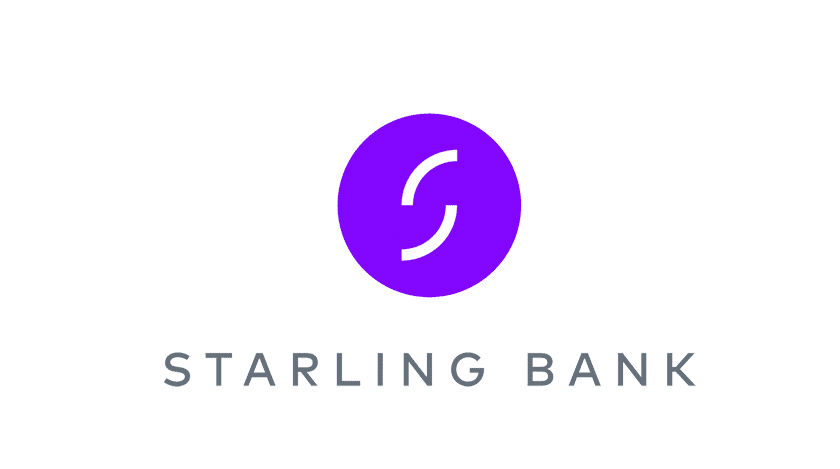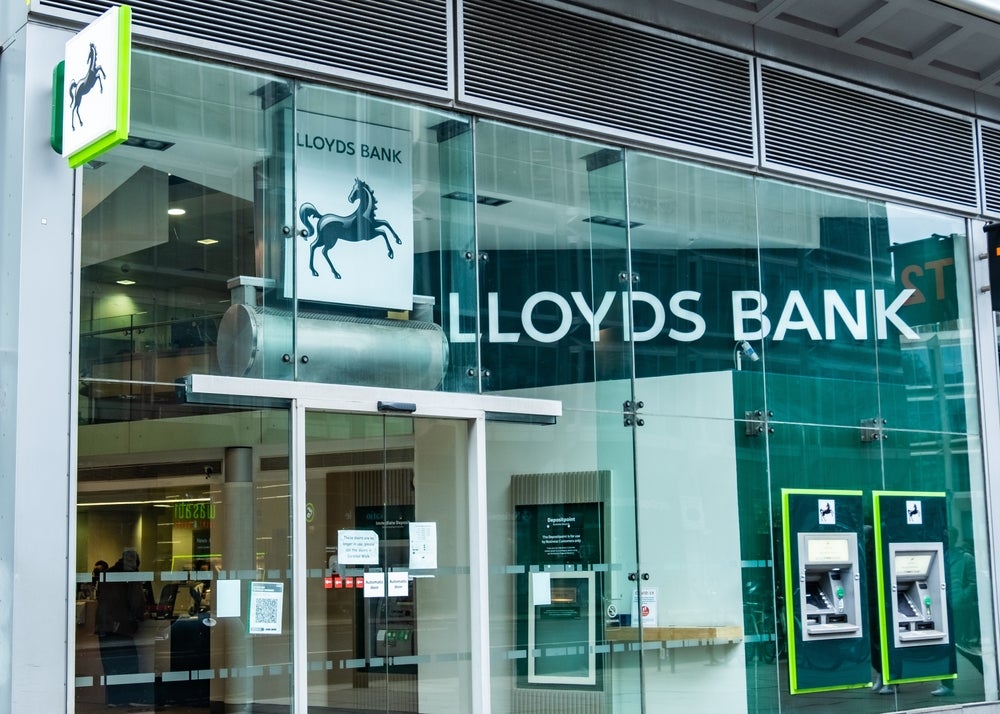
Outdoing earlier predictions by founder and CEO Anne Boden to break even by year-end, Starling bank has announced that it is now profitable.
“Today, I’m pleased to say that Starling has become the first of the new breed of digital banks to become profitable,” Boden said this morning in a statement.
The numbers
With nearly 1.8 million accounts, £4bn in deposits and £1.5bn of lending, Starling hit break even in October. Mrs Boden “fully expects” the bank to be “monthly profitable from here onwards on an operating profit basis.”
Starling generated £9m of revenue for the month of October 2020, which represents an annualised run rate of £108m. This gave the digital challenger a positive operating profit of £0.8m for the month of October 2020, or £10m on an annualised basis.
The bank’s revenue is split £5.5m of net interest income and £3.5m of gross fees and commissions income.
“This represents a fourfold increase in revenue compared to 12 months ago and is a third higher than we reported in our last trading update three months ago,” Boden said.
How well do you really know your competitors?
Access the most comprehensive Company Profiles on the market, powered by GlobalData. Save hours of research. Gain competitive edge.

Thank you!
Your download email will arrive shortly
Not ready to buy yet? Download a free sample
We are confident about the unique quality of our Company Profiles. However, we want you to make the most beneficial decision for your business, so we offer a free sample that you can download by submitting the below form
By GlobalDataGovernment Covid support continues to prop revenues
Interest income continues to be supported by strong growth in lending volumes, particularly the extension of the government-backed Bounce Back Loan Scheme (BBLS) and the Coronavirus Business Interruption Loan Scheme (CBILS).
Founded in 2014, Starling is one of several upstarts that came about in the years following the 2008 financial crisis with the aim of challenging the big banks.
Other players in the space including British peers Monzo and Revolut, and German rival N26. Starling lags behind all three on customer numbers, with 1.5 million current accounts in total.
Over the years, the challengers have faced repeated criticism from investors, the financial media, and the Bank of England for failing to deliver profit.
The pandemic remains disruptive and has made life extremely challenging for many of the banks’ customers.
Boden said: “We’ve learned new and better ways of working in this most unusual and difficult of years. I fully expect there will be long-term improvements to the world of work in banking and elsewhere once a new kind of normality resumes.”
Starling has big plans to expand across Europe
The bank continues to launch new products, including chargeable subscription features such as the SME Toolkit and Kite card, which bring added value to customers.
While there has been strong uptake of these products, they still represent a relatively small contribution to operating income and so present further upside to revenues and profitability in the future.
Meanwhile, Starling has announced major plans for expansion in Europe.
In her statement today, Boden said:
“I’m equally certain that we will become a formidable competitor in the European banking market as we gear up to scale across Europe. We know that our technology is hugely scalable because our tech team runs a constant simulation at around ten times our current capacity. We’re prepared for a sudden influx of customers and transactions. In fact, we’re prepared for pretty much anything.”






